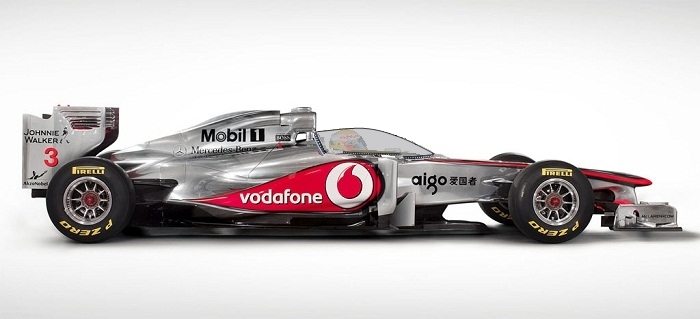Canopy manufacturer open to testing options for Dallara DW12
 |
| The canopy can take many shapes |
The best-known manufacturer of open-wheel chassis canopies says they'd welcome the opportunity to work with the Verizon IndyCar Series and determine whether the devices would be a suitable option to enhance driver safety.
Indianapolis-based Aerodine Composites manufactures custom canopies used on 300mph NHRA Top Fuel dragsters, and with more than 25 years of involvement in Indy car racing, coming together to build and test prototypes for IndyCar's spec Dallara DW12 chassis is not out of the realm of possibilities.
"The technology is out there to do some simulations and some live testing," Aerodine president Craig McCarthy told RACER Monday morning. "We've seen the FIA testing video with canopies and even some NASCAR guys launching things out of an air cannon at wind screens, and I know IndyCar invests in seat testing and headrest testing, and maybe opening it up to try some things that are outside the box might be a worthwhile alternative."
McCarthy watched the Pocono race with his son on Sunday, and both witnessed the fatal incident where Justin Wilson was struck in the helmet by a piece of debris. In the interest of safety, he says his first instinct was to collaborate with IndyCar to find a conclusive answer on the topic of canopy use with open-wheel Indy cars.
"It was a tragedy, and unfortunately, it isn't the first time we've seen that type of situation," McCarthy said. "You can never protect against every possible situation, but you can try to reduce the odds, and that's what we're looking at here. It's a question of interest, though. We can fabricate something for them, but that's only half the battle. The other half is perception.
"Some may have a positive reaction to canopy use, and others might not. We're all scientists and engineers here on our side and at IndyCar, and having the data to prove or disprove canopies in this application is what would help to either rule them out, or confirm it can work. Not knowing makes it hard to take one direction or the other."
Of the concerns expressed with incorporating some form of canopy to cover an exposed Indy car cockpit, complications with driver extraction and fire risks are cited.
"The number one comment we get is, 'What happens if there's a fire?'" McCarthy noted. "And that's a legitimate concern in an Indy car where you're sitting on the fuel tank. In a Top Fuel car, the fuel tank is 15 feet away, although the main fuel line does run through the cockpit. On the drag racing side, we designed a system with all kinds of ways to remove the canopy from inside the car, from outside the car, and we've added features for fire extinguisher access holes and have tried think of every type of situation. And there's situations where having a canopy could be worse, or it could be better. Until it's tested and tried, it's hard to say one way or the other."
Aerodine's familiarity with the DW12 chassis would seem to place the composites firm in a unique position to aid IndyCar in its quest to reduce future helmet-based strikes like the one suffered by Wilson. As a licensed Dallara repair facility, McCarthy says they perform chassis repairs on behalf of the Italian racecar constructor, and have a solid understanding of the DW12's structural core. His preference, however, would be to integrate a canopy into a brand-new Indy car chassis.
"When you try and retro-fit existing cars, it's a little dicey; you'd always rather incorporate a new design like a canopy into a new chassis from the outset, but it's not impossible to come up with something that could be tried on the DW12," he explained. "And all we're thinking about at this point is trying out some ideas, whatever they are, to see if it's the right solution for these kinds of cars. It's all speculation until that happens." racer.com
